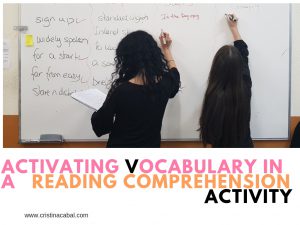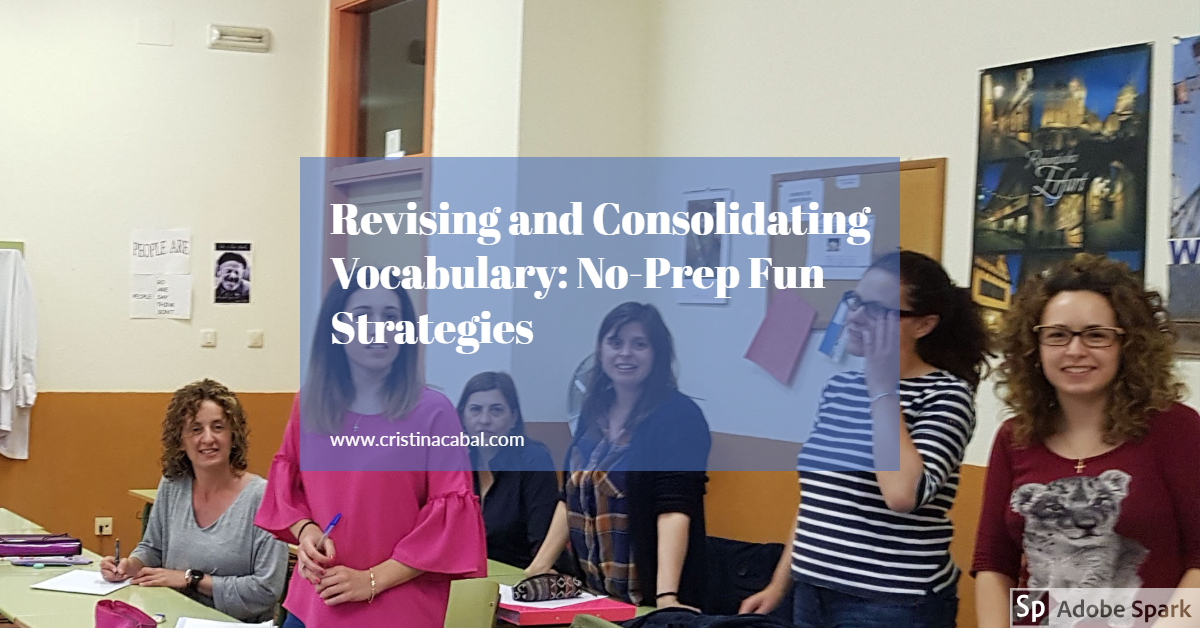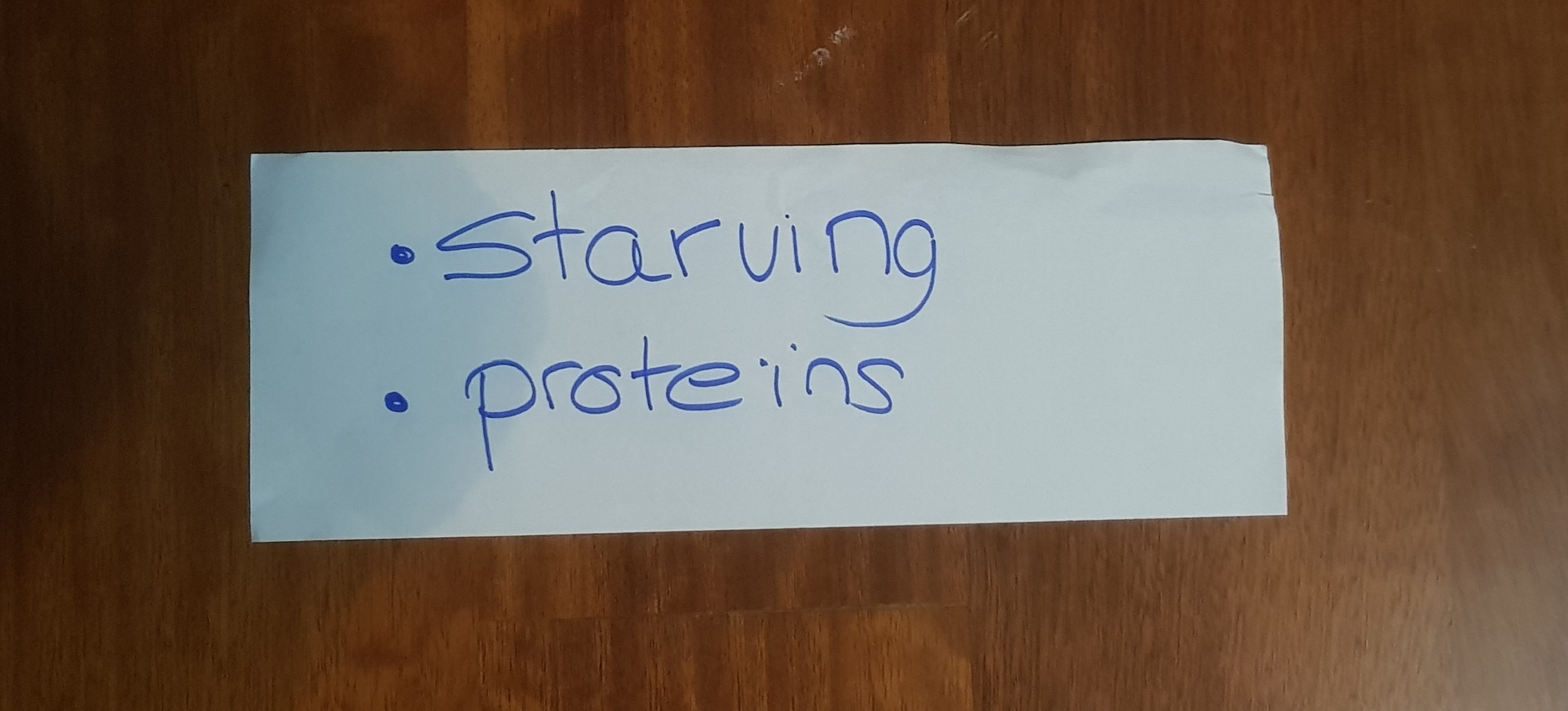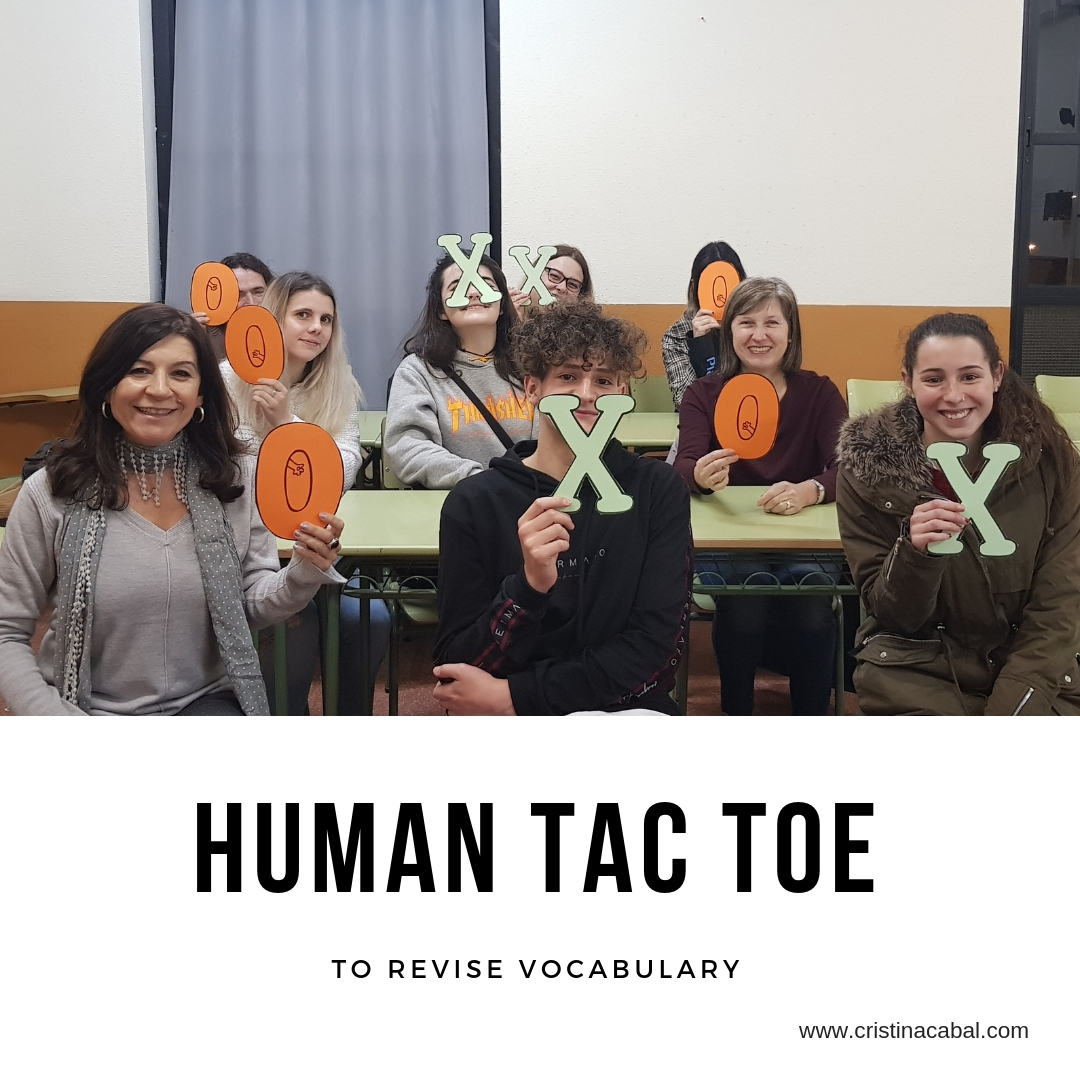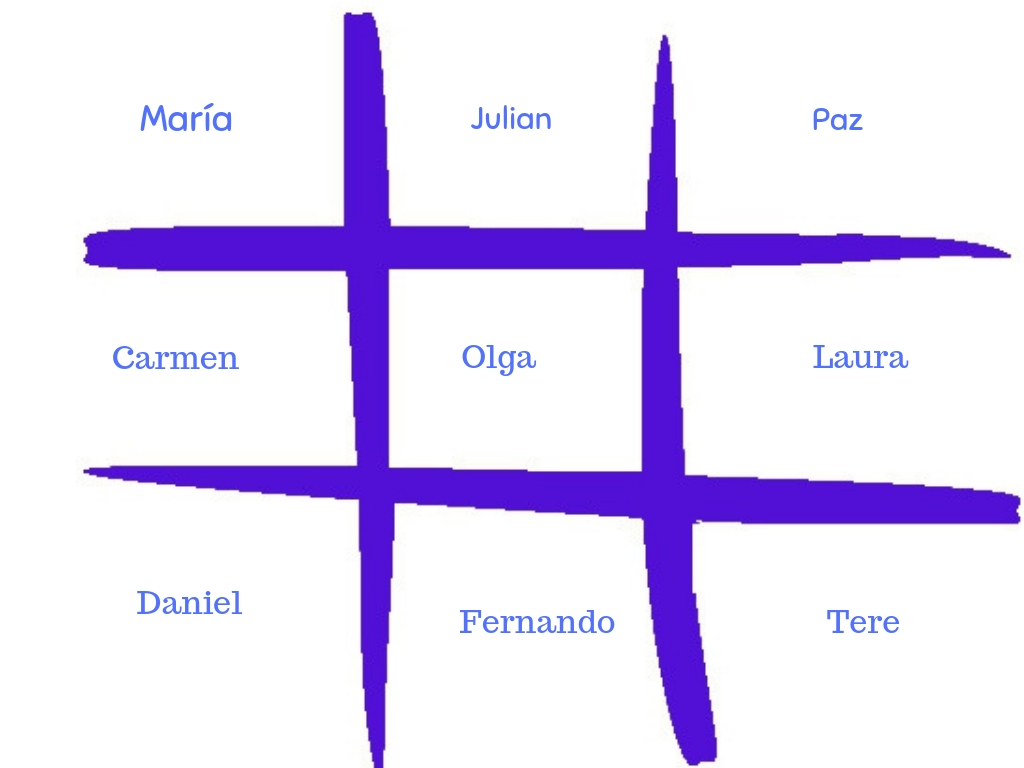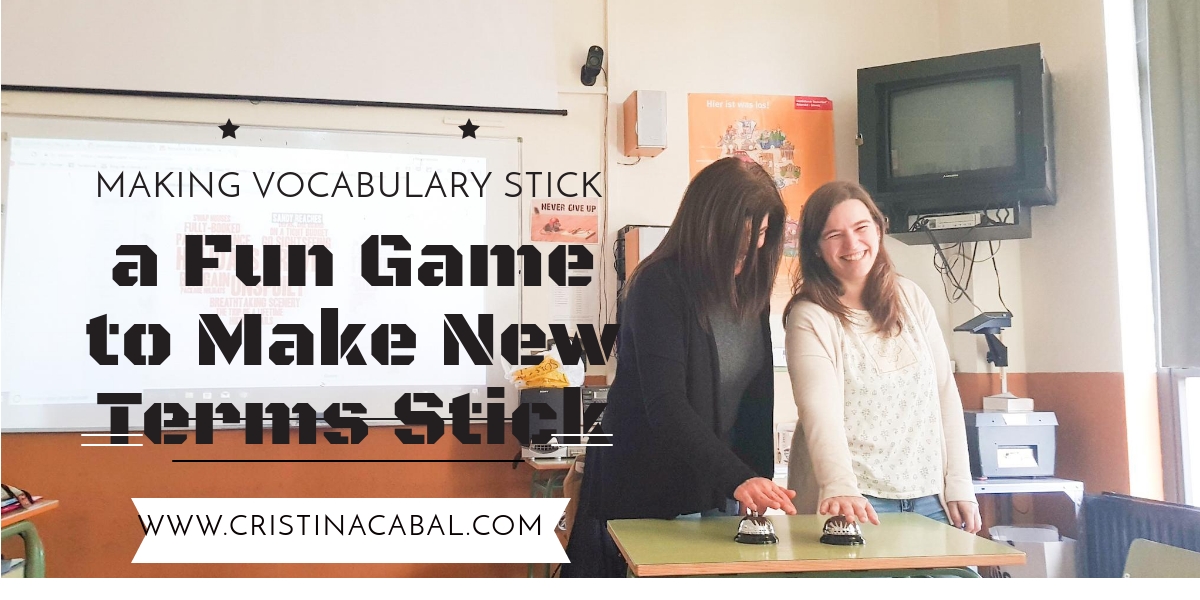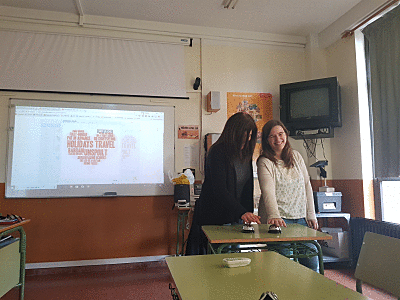Now, this is my kind of activity. Fun, engaging, communicative and effective! And… almost no-prep!
If you have been reading my blog for a while now, you surely know about my obsession for “activating “ the vocabulary I teach in class. For this reason, you will always find me devising and designing strategies to bring to life the vocabulary taught during the lesson.
This activity I am going to share with you today turns a seemingly boring reading comprehension exercise into an engaging collaborative activity with lots of vocabulary learning involved.
It works really well when you have a text that can easily be divided into sections. Let’s take, for example, a text where 4 people give their opinion about Languages.
Procedure:
Before the class ( I said "almost" non-prep)
Choose 5 words or expressions in each section you want your students to learn or reinforce. Write them down on a piece of paper (see picture below). You can obviously choose more or fewer words, but 5 works fine for me. Don’t show it to your students. Yet.
In class
Working with vocabulary
- Form as many groups as different sections in the text you have and assign each group a section to read. For example, group 1 gets text 1, group 2 gets text 2… etc.
Note: In one class, I only had 8 students, so there were only two students in each group. Not a problem. It worked just fine.
- Once groups are formed, ask students to individually read their assigned text and underline any words or expressions they think might be worth using/ studying/using.
- In the group, ask them to compare the words/expressions they have underlined and come up with only 5.
- Ask them to write them on a piece of paper. Tell them you have also chosen 5 words from their texts. They will score 1 point for every coincidence.
- Divide the board into four columns ( as many as sections/groups you have) and assign a column to each group.
- Ask a representative from each group to write the 5 items they have chosen on their assigned column on the board, and explain meanings to the rest of the class.
- Once this is done, read the words you have chosen and assign a point for every coincidence. On the board, add your chosen words to those written by the group. Clarify meanings and repeat procedure with the rest of the groups.
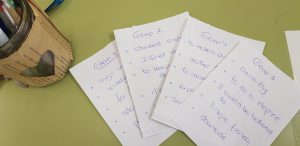
Retelling
Form new groups. Ask every student in Group 1 to form a different group with students from Group 2, 3 and 4. Allow them to reread their texts once or twice and ask them to retell their part making sure they use the vocabulary on the board.
Finally, do the reading comprehension questions as a whole class. Everybody should be able now to answer the questions for the whole text.
